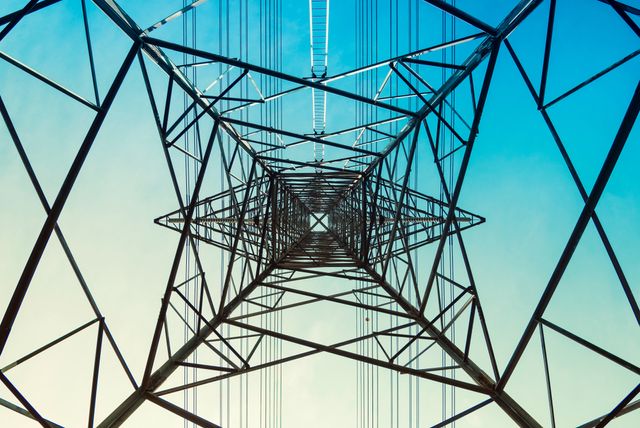What’s ahead for the infrastructure market? Ropes & Gray lawyers gained insights from attending the Infralogic Investors Forum in New York, held on April 25. We heard from experts in the global infrastructure and energy transition investment community discuss a broad set of topics, including the current state of play and the future of U.S. infrastructure investment, the growth of data centers, AI and debt financing, the blurring lines between infrastructure funds and private equity, and the emergence of private credit in infrastructure.
Here are some observations we’d like to share.
- The United States remained by far the largest destination for infrastructure investor capital in 2024, far outpacing Europe as the leading destination. Market and political uncertainty notwithstanding, panelists expected that trend to continue in 2025 given continued demand for capital-intensive infrastructure development projects. These projects provide attractive opportunities for asset managers and other capital providers.
- There is a lot of uncertainty around the current economic environment and outlook for infrastructure. Every panelist touched on how uncertainty is playing a big role in each sector of the infrastructure economy. When asked about the current political risks in infrastructure investing, one panelist suggested that the “political risk premium” for doing deals right now is really “an uncertainty risk premium.” Specifically, it was noted that LPs are requiring more diligence and information when making infrastructure investments.
- Tariffs do not present a first-degree risk to infrastructure. Though tariffs were a topic of conversation, many of the panelists agreed that tariffs did not present a first-degree risk to infrastructure given that the tariffs are placed on goods and not services. They did allude to potential trickle-down effects in the future.
- Government and regulatory involvement continues to impact investments in infrastructure in the U.S. One hurdle that many of the infrastructure investors face is government/regulatory involvement. These roadblocks can affect the pace at which the businesses in that sector can grow and impact costs.
- Certain infrastructure subsectors will see growth. Emerging trends include port revitalization, ship building, power line building, critical minerals, and supply chain logistics. With the current administration, there is a renewed focus on natural gas/traditional energy, although panelists predicted that renewable energy projects would also continue to grow and provide attractive investment opportunities, given their relatively lower cost and shorter timelines for development, as well as the private sector’s continued focus on energy transition.
- There is a growing need for national data center capacity. Many panelists noted that a lot of the current data center facilities being built in the U.S. are regional, rather than national, which could stifle the growth of data center networks.
- Opportunity in private credit abounds. Infrastructure is a big market for private credit. Many panelists commented that there is a lot of opportunity in partnering with private credit funds to fill the equity market.
Learn more about how Ropes & Gray supports clients across the infrastructure sector and sign up for our mailing list here.
Subscribe to Ropes & Gray Viewpoints by topic here.
Authors
Stay Up To Date with Ropes & Gray
Ropes & Gray attorneys provide timely analysis on legal developments, court decisions and changes in legislation and regulations.
Stay in the loop with all things Ropes & Gray, and find out more about our people, culture, initiatives and everything that’s happening.
We regularly notify our clients and contacts of significant legal developments, news, webinars and teleconferences that affect their industries.


